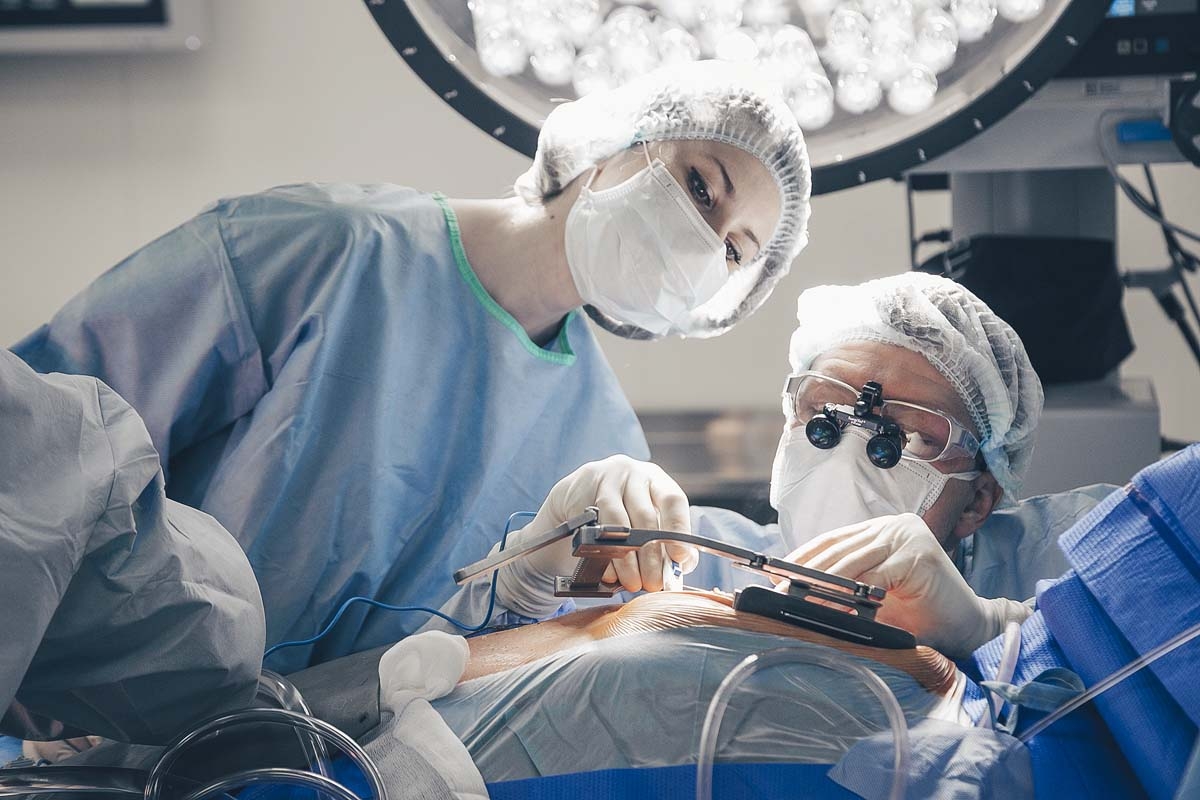Surgeons at
St Petersburg University’s Pirogov Clinic of High Medical Technologies have carried out yet another complex operation on the aorta – the largest blood vessel in the human circulatory system.
Because of the size and length of what is the main artery in the body, such operations are classified as highly complex, high-risk surgery, but they are often the only way to save a patient. The primary indication for such an operation is an aneurysm of the ascending aorta and the aortic arch – a vascular distension of more than twofold – or its dissection.
These malformations are very rare – they are encountered in no more than 15 people out of 100,000, but they are very dangerous. In such cases, a sharp rise in blood pressure or overly strenuous exercise can be fatal.
In order to perform aortic surgery, doctors at the University Clinic bring cardiac function and circulation of the blood throughout the body to a full stop. This manipulation is called circulatory arrest. They then cool the patient’s body down to a deep hypothermia, ranging from 18-24 ⁰С, and they constantly provide blood supply to the brain and make sure that it is getting enough oxygen. Only after they have completed the main stage of this surgery do they reactivate the circulation of blood and the functioning of the heart.
A whole team of doctors works with a patient at all stages of diagnosis and treatment: cardiovascular surgeons, X-ray endovascular surgeons, cardiologists, anaesthesiologists and critical care physicians, perfusionists, specialists in functional and diagnostic radiology, and pathomorphologists.
‘Each of them has several hundred successful operations and diagnostic procedures behind them,’ commented cardiovascular surgeon Dmitrii Shmatov, who is the head of the Centre for Cardiac Surgery and Interventional Cardiology.
‘What’s more, our treatment methods are continually being improved through regular advanced training of clinicians and exchange of experience with world-class specialists.’
Aortic surgery has been performed at the Centre for Cardiac Surgery and Interventional Cardiology at St Petersburg University’s Pirogov Clinic of High Medical Technologies since 2015. In the past six years, more than 100 thoracic aorta operations have been carried out with zero mortality, and, with each passing year, they have grown in number and complexity.
Depending on the extent of changes to the aorta and its branches, clinicians develop several treatment strategies and draw up a basic pre-operation plan.
‘Our doctors need to take a host of factors into account: the age and clinical condition of the patient, the presence of serious concomitant pathologies, and the degree of changes to the aorta and heart, the blood vessels in the head, arms and legs, and also other internal organs. Whenever possible, surgeons try to preserve the natural anatomy of the heart, but not to the detriment of the operation they are performing,’ noted Dmitrii Shmatov.
Aortic surgery can be performed free of charge at the St Petersburg University Clinic on any citizen of the Russian Federation in keeping with the federal quotas for high-technology medical care.
